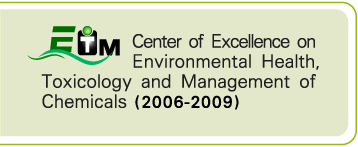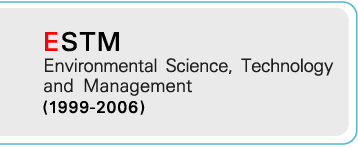|
The role of the nfuA gene encoding an iron-sulfur (Fe-S) cluster scaffold protein in the human pathogen, Pseudomonas aeruginosa, was investigated. The expression of nfuA was induced upon exposure to herbicide paraquat and other superoxide generators and thiol-depleting agent and was mediated by IscR, an Fe-S cluster containing transcription repressor. Deletion of nfuA reduced bacterial ability to cope with either oxidative stress condition or iron deprivation, impaired anaerobic growth, and attenuated bacterial virulence in the Caenorhabditis elegans infection model. Site-directed mutagenesis analysis revealed that the conserved CXXC motif of the U-type scaffold protein domain was important for NfuA function. NfuA was also required for full function of IscR and SoxR, the 2Fe-2S containing transcription regulators, but not for 4Fe-4S containing enzymes including aconitase and succinate reductase. The results support the roles of a Fe-S delivery NfuA in oxidative stress response, pathogenicity and growth under anaerobic condition. P. aeruginosa has two differentially expressed methionine sulfoxide reductase genes: msrA (PA5018) and msrB (PA2827). The msrA gene is expressed constitutively at a high level throughout all growth phases, whereas msrB expression is highly induced by oxidative stress, such as sodium hypochlorite (NaOCl) treatment. Inactivation of either msrA or msrB or both genes (msrA-msrB) rendered the mutants less resistant than the parental PAO1 strain to oxidants such as NaOCl and H2O2. Unexpectedly, msr mutants have disparate resistance patterns when exposed to herbicide paraquat. The msrA mutant had a higher paraquat resistance level than the msrB mutant, which had a lower paraquat resistance level than wild type strain. The expression levels of msrA showed an inverse correlation with the paraquat resistance level, and this atypical paraquat resistance pattern was not observed with msrB. Virulence testing using a Drosophila melanogaster model revealed that msrA, msrB and, to a greater extent, double msrA-msrB mutants had an attenuated virulence phenotype. The data indicate that msrA and msrB are essential genes for oxidative stress protection and bacterial virulence. แหล่งข้อมูล:
|
 Center of Excellence on Environmental Health and Toxicology (EHT)
Center of Excellence on Environmental Health and Toxicology (EHT)










